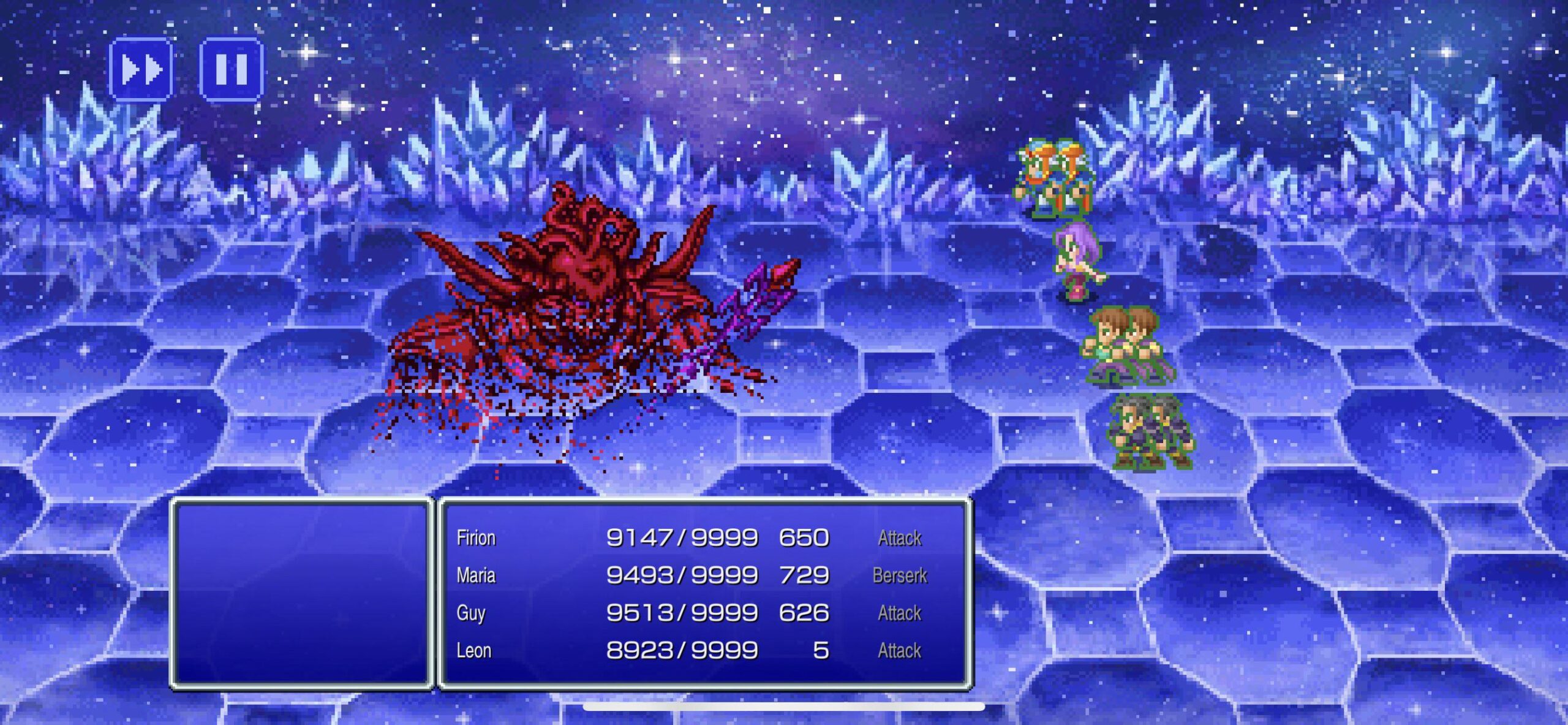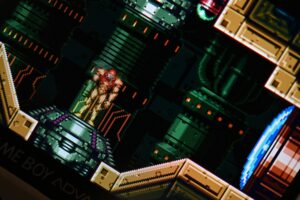In the vast, intricate tapestry of video game history, Japan holds a prestigious position, especially when it comes to the evolution and mastery of Active Time Battle (ATB) mechanics. This game mechanic, known for blending the strategic depth of turn-based systems with the urgency and dynamism of real-time combat, has become a hallmark of Japanese role-playing games (JRPGs). Its inception and refinement over the years have not only revolutionized RPGs but also left a lasting impact on global gaming culture. This article delves into the origins, evolution, and influence of Japan’s mastery over Active Time Battle mechanics, shedding light on how this innovative approach to combat has shaped the gaming landscape.
Exploring Japan’s Dominance in Active Time Battle Mechanics
Japan’s dominance in Active Time Battle mechanics stems from a blend of innovative game design, storytelling depth, and technological advancement. Japanese developers have continually pushed the boundaries of what ATB can offer, turning it into a critical component of the JRPG genre. This dominance is rooted in a deep understanding of player engagement and the desire to create a more immersive and interactive gaming experience. By integrating ATB mechanics, Japanese developers have been able to craft games that are not only challenging but also emotionally resonant and visually captivating.
The Origins of Active Time Battle Systems in Japan
The origins of Active Time Battle systems in Japan can be traced back to the mid-1980s, with the release of "Final Fantasy IV" by Square Enix (then Square Co., Ltd.) marking a pivotal moment in gaming history. This innovative system was designed by Hiroyuki Ito and was a departure from the traditional turn-based combat that dominated RPGs. The ATB system introduced a dynamic where characters’ actions were determined by a time gauge, blending strategy and real-time decisions in a way that had never been seen before in RPGs. This laid the foundation for future developments in the genre.
How Japan Revolutionized RPGs with Active Time Battle
Japan revolutionized RPGs with the introduction of Active Time Battle by offering gamers a new way to interact with the game world. The ATB system necessitated quick thinking and strategic planning, making combat more engaging and intense. This innovation also allowed for a deeper narrative integration, as battles could now unfold in a way that felt more natural and fluid, enhancing the storytelling aspect of RPGs. The success of ATB in early titles prompted other developers to adopt and adapt the system, leading to a broad evolution of the genre.
The Evolution of Active Time Battle Mechanics Over Time
Over time, the Active Time Battle mechanics have seen significant evolution, with developers introducing various modifications and enhancements to keep the system fresh and engaging. Newer iterations have seen the incorporation of elements such as real-time action inputs, combo systems, and interactive environments. These innovations have allowed developers to create more complex and dynamic combat sequences, offering players a richer and more immersive experience. The evolution of ATB mechanics demonstrates the adaptability and enduring appeal of this combat system.
Key Japanese Titles That Defined Active Time Battle Systems
Several key Japanese titles have been instrumental in defining and refining Active Time Battle systems. "Final Fantasy IV" is often celebrated for introducing ATB, but subsequent titles in the series, such as "Final Fantasy VI" and "Final Fantasy VII," have played significant roles in its evolution. Outside the Final Fantasy series, games like "Chrono Trigger" and "Secret of Mana" have also made notable contributions to the development of ATB mechanics, each bringing unique variations and innovations that have influenced the genre.
The Art and Science Behind Japan’s Battle Mechanics
The mastery of ATB mechanics by Japanese developers is both an art and a science. It requires a delicate balance between technical prowess and creative vision. Developers must understand the underlying algorithms that drive the ATB system while crafting engaging combat scenarios that complement the game’s narrative and aesthetic. This dual focus ensures that ATB mechanics not only function smoothly but also enhance the overall gaming experience, making battles feel like integral parts of the story rather than separate, disjointed segments.
Comparing Western and Japanese Approaches to Battle Systems
Comparing Western and Japanese approaches to battle systems reveals fundamental differences in design philosophy and player engagement strategies. Western RPGs (WRPGs) have traditionally favored real-time combat systems that emphasize player skill and immediate action. In contrast, Japanese RPGs, with their mastery of ATB mechanics, focus on strategic planning and decision-making within a semi-real-time framework. This difference reflects broader cultural preferences in storytelling and gameplay, with JRPGs often prioritizing narrative depth and character development.
The Impact of Active Time Battle on Global Gaming Culture
The impact of Active Time Battle on global gaming culture is profound. ATB mechanics have influenced not only the development of RPGs worldwide but also the way players engage with game narratives and combat systems. The global success of JRPGs employing ATB mechanics has demonstrated the universal appeal of combining strategic depth with real-time action, encouraging developers around the world to explore and innovate within this framework. As a result, ATB has become a beloved staple of video game combat systems, cherished by players across different cultures and gaming communities.
Innovations in Active Time Battle: A Japanese Legacy
Innovations in Active Time Battle mechanics continue to be a Japanese legacy, with developers in Japan leading the way in experimenting with and refining these systems. The introduction of hybrid systems that combine elements of ATB with other combat mechanics showcases the versatility and adaptability of the ATB system. These innovations not only keep the gameplay fresh and engaging but also push the boundaries of what is possible in video game design, ensuring that ATB remains relevant and influential in the evolving gaming landscape.
The Future of Active Time Battle Systems in Gaming
The future of Active Time Battle systems in gaming looks bright, with new technologies and gaming platforms offering opportunities for further innovation. Virtual reality (VR) and augmented reality (AR) technologies, in particular, hold the potential to transform ATB mechanics, making combat even more immersive and interactive. As developers explore these new frontiers, the fundamental principles of ATB—strategic depth, real-time decision-making, and narrative integration—will continue to guide the evolution of combat systems in RPGs and beyond.
Japanese Developers Speak: Crafting Active Time Battles
Japanese developers have often spoken about the challenges and rewards of crafting Active Time Battles. In interviews and retrospectives, they emphasize the importance of balancing complexity and accessibility, ensuring that combat systems are engaging for newcomers and veterans alike. The meticulous design process involves extensive testing and iteration, with a focus on how ATB mechanics can serve the game’s narrative and aesthetic goals. For these developers, perfecting ATB is a continuous journey of innovation and refinement.
Beyond Gaming: Active Time Battle’s Influence on Multimedia
Beyond the realm of gaming, the influence of Active Time Battle mechanics extends into other forms of multimedia, including animation, film, and literature. The dynamic nature of ATB-inspired combat has been adopted in various narratives, where the tension and pace of battle scenes draw clear parallels to the ATB system. This cross-pollination of ideas between gaming and other media underscores the cultural significance of Active Time Battle mechanics, highlighting their impact on storytelling and entertainment across different platforms.
Japan’s mastery of Active Time Battle mechanics has left an indelible mark on the video game industry, revolutionizing RPGs and influencing global gaming culture. From its origins in the mid-1980s to its continual evolution and innovation, ATB has proven to be a dynamic and enduring combat system. As developers explore new technologies and platforms, the principles of ATB—strategic depth, real-time decision-making, and narrative integration—are poised to influence the future of gaming. The legacy of ATB, a testament to the creativity and ingenuity of Japanese game design, continues to inspire and shape the gaming experiences of tomorrow.








